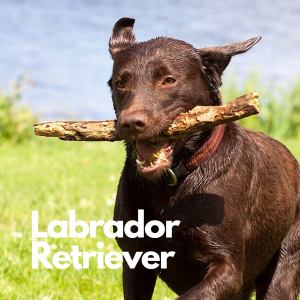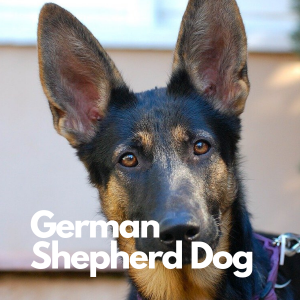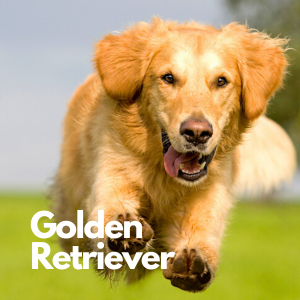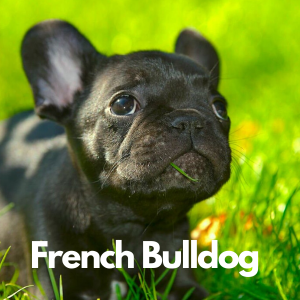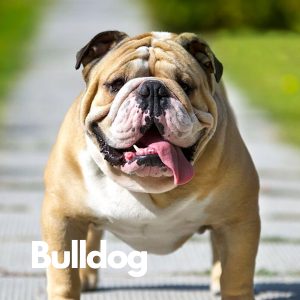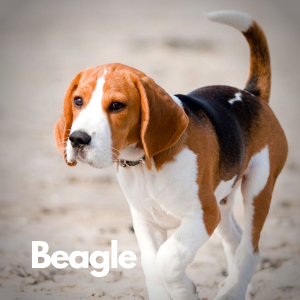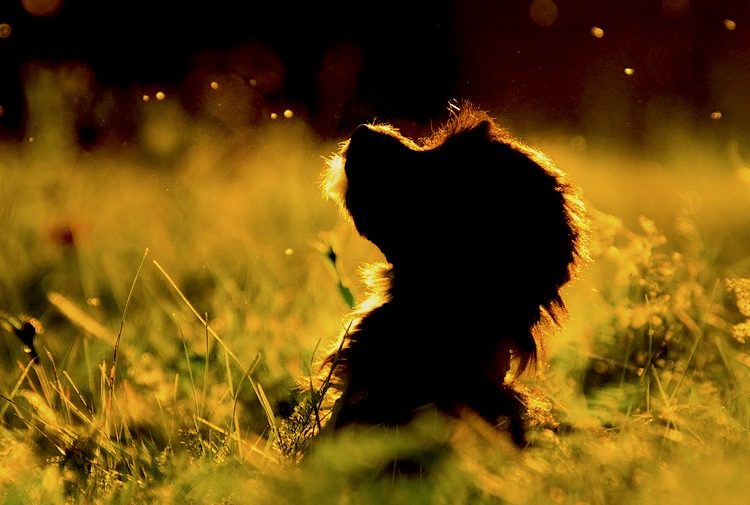
Discover the Biggest Dog Breeds in the World
While there’s a lot to love about all dog breeds, for some people, it’s all about the big dogs. These majestic canines often captivate enthusiasts with their impressive size and gentle nature.
- Great Dane: Known for their towering stature, Great Danes are one of the tallest breeds, often reaching heights of 28-32 inches. They are friendly and affectionate, making them excellent family pets. Learn more about Great Danes.
- Bernese Mountain Dog: This breed boasts a sturdy build and a beautiful tri-colored coat. They are known for their affectionate and good-natured temperament, forming strong bonds with their families. Explore the Bernese Mountain Dog.
If you’re looking to adopt one of the biggest dog breeds in the world, check out the adoptable pet search for more information. These breeds offer a unique blend of size and companionship, making them a rewarding addition to the right home.
10 Biggest Dog Breeds in the World
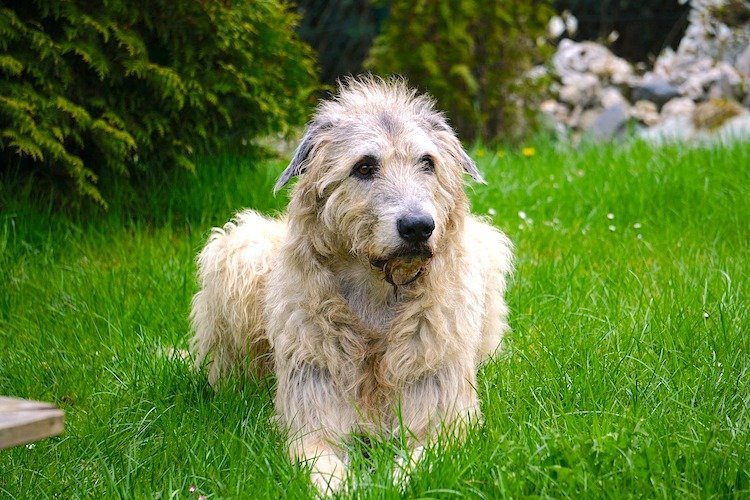
1. Irish Wolfhound
- Height: 30–35 inches
- Weight: 105–120 pounds
- Life Expectancy: 6–10 years
The largest and tallest of the galloping hounds, this is a Greyhound-like breed — muscular and strong, yet elegantly built. Irish Wolfhounds combine their power and swiftness with keen eyesight.
The breed’s origins are surrounded in mystery, but Irish Wolfhounds have been mentioned as far back as the year 391, when the Roman Consul Quintus Aurelius Symmachus mentioned them in a letter to his brother, Flavianus, saying, “All Rome viewed them in wonder.”
Irish Wolfhounds are gentle, courageous and mild-mannered — and, provided you have room on the couch, they make great family pets.
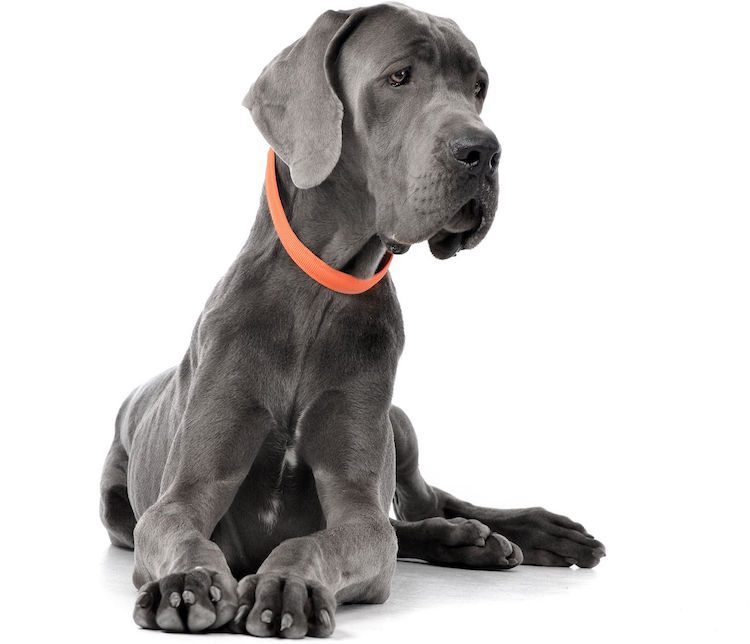
2. Great Dane
- Height: 28–32 inches
- Weight: 110–175 pounds
- Life Expectancy: 8–10 years
It’s no surprise that the Great Dane makes this list!
Guinness World Records officially recorded a Great Dane named Zeus as the record holder for tallest dog ever — Zeus stood at a whopping 44 inches tall!
Great Danes were originally bred in Germany for the purpose of hunting large wild boar.
These tall dogs tend toward friendliness, affability and patience, and they make wonderful family pets for those who are prepared to meet the needs of such a large-breed dog. To take just one example, the record-holding Zeus ate more than 2 pounds of dog food every day.
Like many larger breeds, Great Danes have a shorter lifespan than some of their counterparts. Zeus died at only 5 years old, which was a few years below the average of 8–10 years for Great Danes.
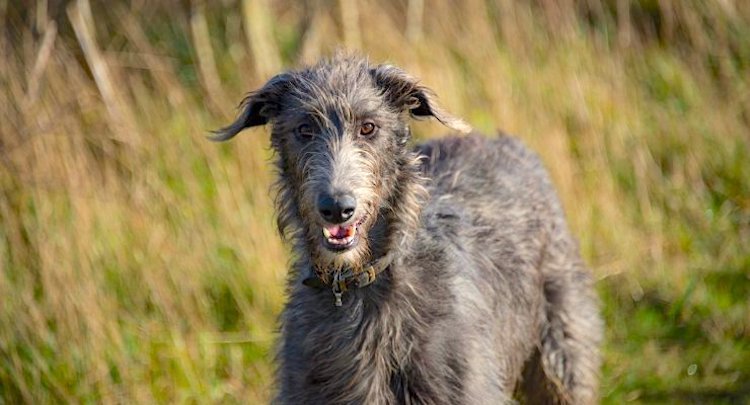
3. Scottish Deerhound
- Height: 28–32 inches
- Weight: 75–110 pounds
- Life Expectancy: 8–11 years
Scottish Deerhounds are gentle, polite dogs who make excellent family pets.
As with the Irish Wolfhound, this breed’s origins stretch very far back. Both of these breeds may even be related, although some people claim Scottish Deerhounds were once the hounds of the mighty Picts.
Scottish chieftains often had several of these great hounds on hand to aid in hunting massive red deer.
“At all times great value has been set on the Deerhound,” according to the Scottish Deerhound Club of America, which adds: “Records of the Middle Ages allude repeatedly to the delightful attributes of this charming hound.”

4. Old English Mastiff
- Height: 27–30 inches
- Weight: 120–230 pounds
- Life Expectancy: 6–10 years
Known either as the Old English Mastiff or simply the Mastiff, this massive dog can trace its origins back to Asia.
It was the British who took the most care to see the line stay pure, and it is to them we owe the Mastiff of today. These dogs were used to guard castles and estates and made excellent protectors.
Mastiffs of today are gentle and amiable yet formidable when their people or property are threatened. Mastiffs are extremely loyal and dedicated to their families and are happiest when surrounded by those they love.
The American Kennel Club calls the Mastiff “a massive, heavy-boned dog” that “can outweigh many a full-grown man.”
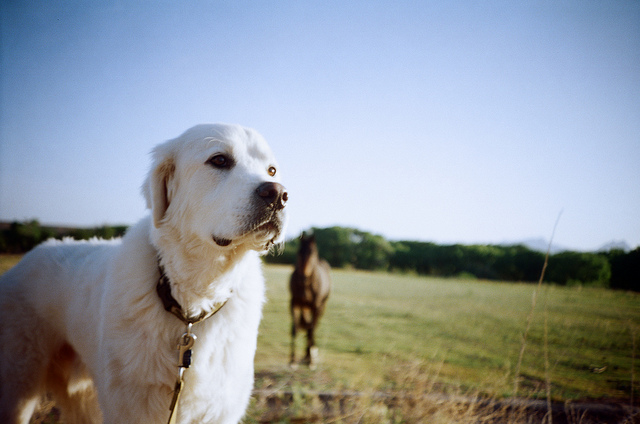
5. Great Pyrenees
- Height: 25–32 inches
- Weight: 85–100 pounds
- Life Expectancy: 10–12 years
These beautiful dogs are named for the mountains in which they were bred to protect flocks. In the United States they are known as Great Pyrenees, but in Europe they are called Pyrenean Mountain Dogs.
The Great Pyrenees Club of America estimates these dogs first appeared around 3000 B.C.
The Great Pyrenees is highly intelligent and deeply protective of their family (remember, they were bred to protect their flocks). Although generally calm dogs relative to their size, they may become agitated in a chaotic environment or if they are not exercised well enough.
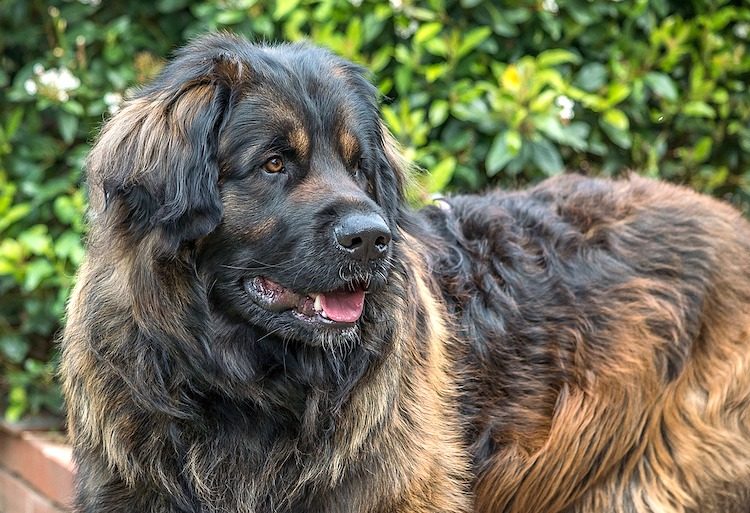
6. Leonberger
- Height: 25.5–31.5 inches
- Weight: 90–170 pounds
- Life Expectancy: 8–9 years
Leonbergers were bred in the 19th century as companion animals and are a cross between Saint Bernards and Newfoundlands.
The dogs were highly sought out by European royalty but were also greatly effective as working dogs on farms.
Because Leonbergers were bred to be companions, they are generally calm, friendly and loving. These big dogs enjoy spending lots of time with their families.

7. Neapolitan Mastiff
- Height: 24–31 inches
- Weight: 110–150 pounds
- Life Expectancy: 8–10 years
The distinctive Neapolitan Mastiffs are from Italy and were first bred by the Roman Army as dogs of war. Later, they were used as guard dogs.
According to the United States Neapolitan Mastiff Club, the forefathers of these dogs were bred by historical figures such as Alexander the Great (“instrumental in creating the modern Neapolitan Mastiff”) and can trace their roots as far back as 3000 B.C.
Neapolitan Mastiffs are generally calm but take their duties as protectors and guards seriously. They tend to be reserved with strangers and will live their best lives if they are properly socialized from a young age.
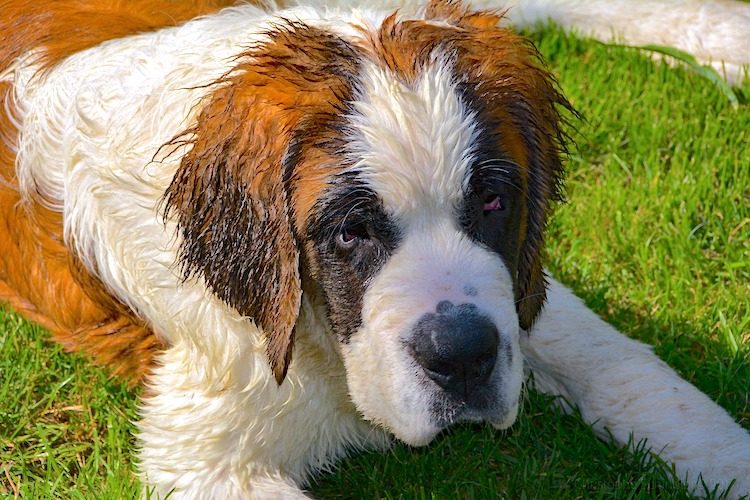
8. Saint Bernard
- Height: 26–30 inches
- Weight: 120–180 pounds
- Life Expectancy: 8–10 years
These familiar dogs were originally bred in Switzerland and are thought to have come into existence around 1660.
Details of their early years are sketchy, but Saint Bernards are known to have accompanied monks on patrol around the mountains. They worked in teams when engaging in patrols and lifesaving maneuvers. If someone was found buried under the snow, one dog would begin digging the person out while the other would run to get help.
Saint Bernards are famously patient and are often referred to as “nanny dogs” (although dogs and children should never be left unsupervised together). They are intelligent, calm and friendly.
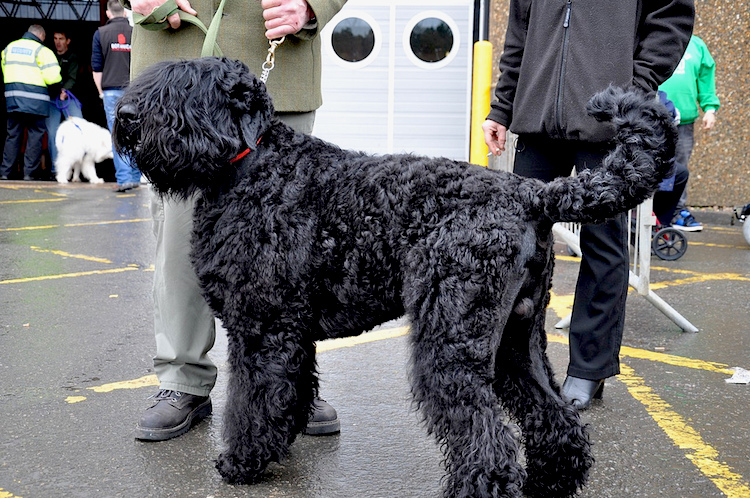
9. Black Russian Terrier
- Height: 26–30 inches
- Weight: 80–130 pounds
- Life Expectancy: 10–12 years
In the 1930s, the Russian military began working to breed a dog who could be used as a security dogs. The Black Russian Terrier was created from a combination of 17 different breeds, including Newfoundlands, Rottweilers and Giant Schnauzers.
In 1956, the Black Russian Terrier was released to private breeders and first appeared in America in the 1980s.
Giants among terriers, this breed is strong, courageous and intelligent. Black Russian Terriers bond strongly with their families and make excellent protectors. However, like other “guard” breeds, they tend toward being reserved with strangers.

10. Kuvasz
- Height: 26–30 inches
- Weight: 70–115 pounds
- Life Expectancy: 10–12 years
The Kuvasz is another ancient breed. According to the Kuvasz Club of America, the Kuvasz is first mentioned in Mesepotamian civilization.
Later, in what is now Hungary, the breed took on its current appearance and guarded both livestock and property.
Kuvaszok (the plural form of the breed name) are loyal to their families but are often reserved with strangers. They can be strong-willed and independent, so they require a firm hand and plenty of training and socialization from a young age.
Honorable Mentions
These dogs were just edged out in the height department but are big enough to warrant an honorable mention:
- Anatolian Shepherd: Reaches an average of 27–29 inches tall and weighs 80–150 pounds.
- Newfoundland: This popular breed reaches 26–28 inches and weighs 100–150 pounds.
- Tibetan Mastiffs: Standing at 24–30 inches tall and weighing about 70–150 pounds, these dogs are impressive and protective.
- Bernese Mountain Dog: Known for their beautiful tri-colored coats, they reach 23–27.5 inches tall and weigh 70–115 pounds.
- Cane Corso: This Italian breed stands 23.5–27.5 inches tall and weighs 88–110 pounds.
- Dogue de Bordeaux (French Mastiff): These dogs top out at 23–27 inches and can weigh 100 pounds or more.
Final Thoughts on the Biggest Dog Breeds in the World
If you’re looking to add a giant breed to your household, you can’t go wrong with any one of the above breeds.
Once you’ve narrowed down your list, do some research on your chosen breed. Knowing a breed’s history and makeup makes for a much better pet parent because it allows you to find the breed that best suits your life.
As always, training and socialization make a world of difference when it comes to any breed. With the giants, this is even more important. However, with the right families, these dogs prove that giant breeds have hearts as big as their bodies.
References
- “The World’s Largest Dogs.” American Kennel Club. April 9, 2015. https://www.akc.org/expert-advice/lifestyle/largest-dogs/.
- “The 15 Largest Dog Breeds: More Dog to Love.” American Kennel Club. Sept. 18, 2014. https://www.akc.org/press-releases/the-15-largest-dog-breeds-more-dog-to-love/.
- Starbuck, Alma J. “Early History of the Breed.” Irish Wolfhound Club of America. June 15, 2019. https://www.iwclubofamerica.org/early-history-starbuck.
- “History of the Scottish Deerhound.” Scottish Deerhound Club of America. https://deerhound.org/the-breed/history-of-the-scottish-deerhound/.
- “Tallest Dog Ever.” Guinness World Records. https://www.guinnessworldrecords.com/world-records/tallest-dog-ever.
- Great Dane Club of America. https://gdca.org/.
- Great Pyrenees Club of America. http://www.gpcaonline.org/.
- “A Brief History of the Leonberger.” Leonberger Club of America. https://www.leonbergerclubofamerica.com/breed-history-standard/.
- “Breed History.” United States Neapolitan Mastiff Club. https://www.neapolitan.org/breed-info.
- Kovács, András. “Kuvasz History.” Kuvasz Club of America. Oct. 12, 2012. https://kuvaszclubofamerica.org/kuvasz/hist.
- “History of the Black Russian.” Black Russian Terrier Club of America. http://www.brtca.org/.
- “Breed History.” Saint Bernard Club of America. https://saintbernardclub.org/.
- “The History of the Mastiff.” Mastiff Club of America. https://mastiff.org/.
- “Mastiff.” American Kennel Club. https://www.akc.org/dog-breeds/mastiff/.

